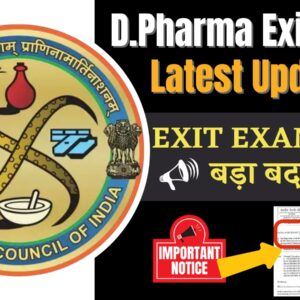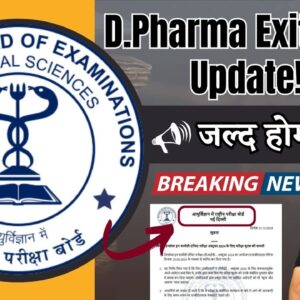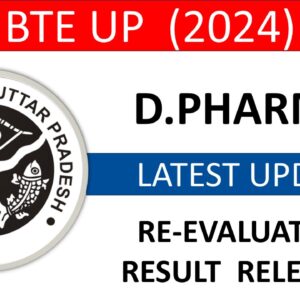Pharmacy Law and Ethics Quiz (Part-1) :
[ays_quiz id=’44’]
Pharmacy Law and Ethics Quiz (Part-2) :
[ays_quiz id=’45’]
Pharmacy Law and Ethics Quiz (Part-3) :
[ays_quiz id=’46’]
Pharmacy Law and Ethics Quiz (Part-4) :
[ays_quiz id=’47’]
Pharmacy Law and Ethics Quiz –
Get ready to navigate the essential legal and ethical frameworks in pharmacy with our Pharmacy Law and Ethics Quiz! Featuring 100 MCQs organized into 4 sets of 25 questions each, this quiz covers critical topics like federal and state regulations, prescription laws, and the ethical responsibilities of pharmacists. You’ll tackle real-world scenarios that challenge your understanding of patient confidentiality, informed consent, and professional conduct. Each question is designed to provoke thought and discussion, helping you to grasp not only the laws but also the ethical principles that guide pharmacy practice. This preparation will ensure you’re well-equipped for the D Pharma Exit Exam (DPEE) and ready to make responsible decisions in your future career.




